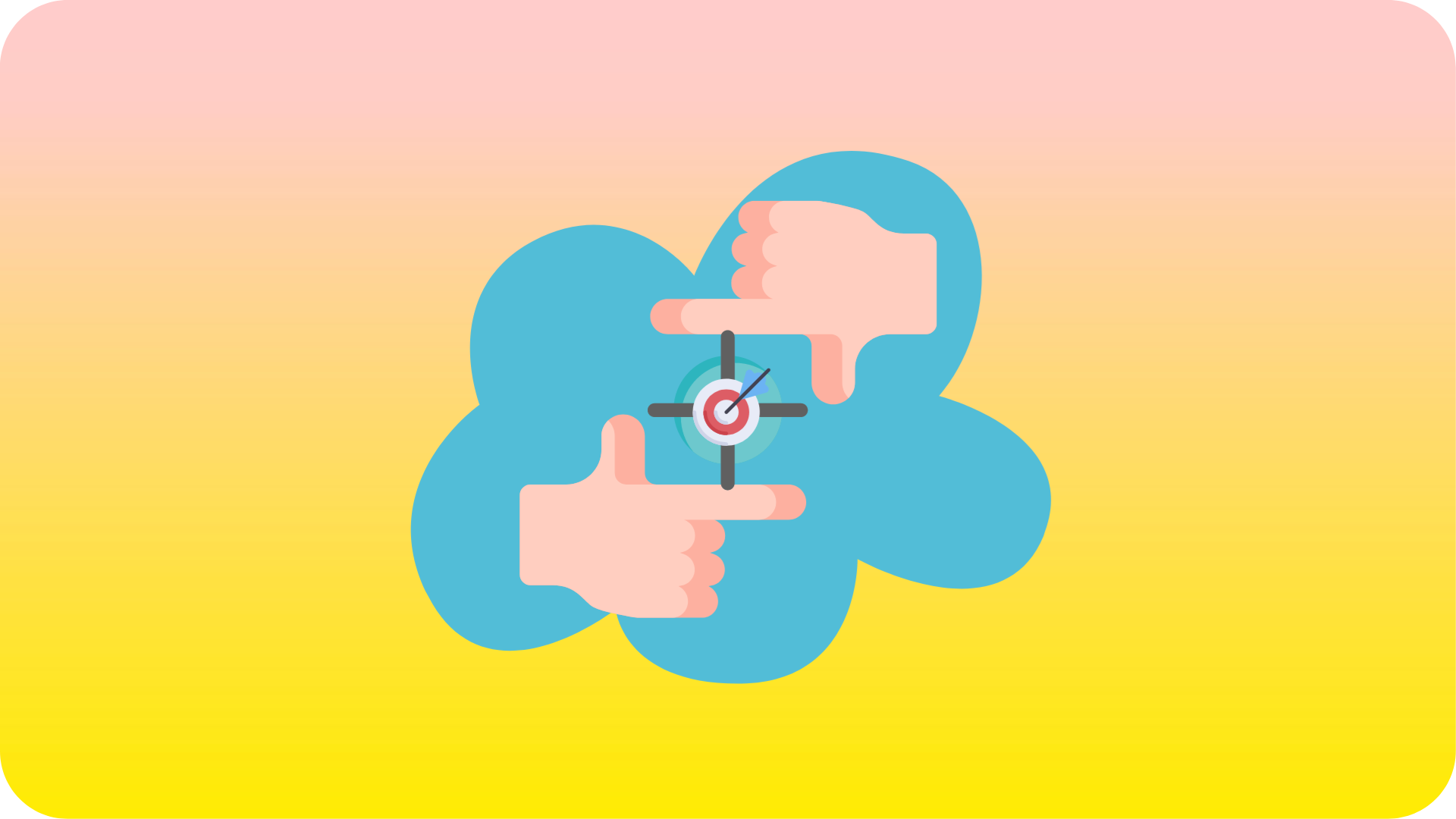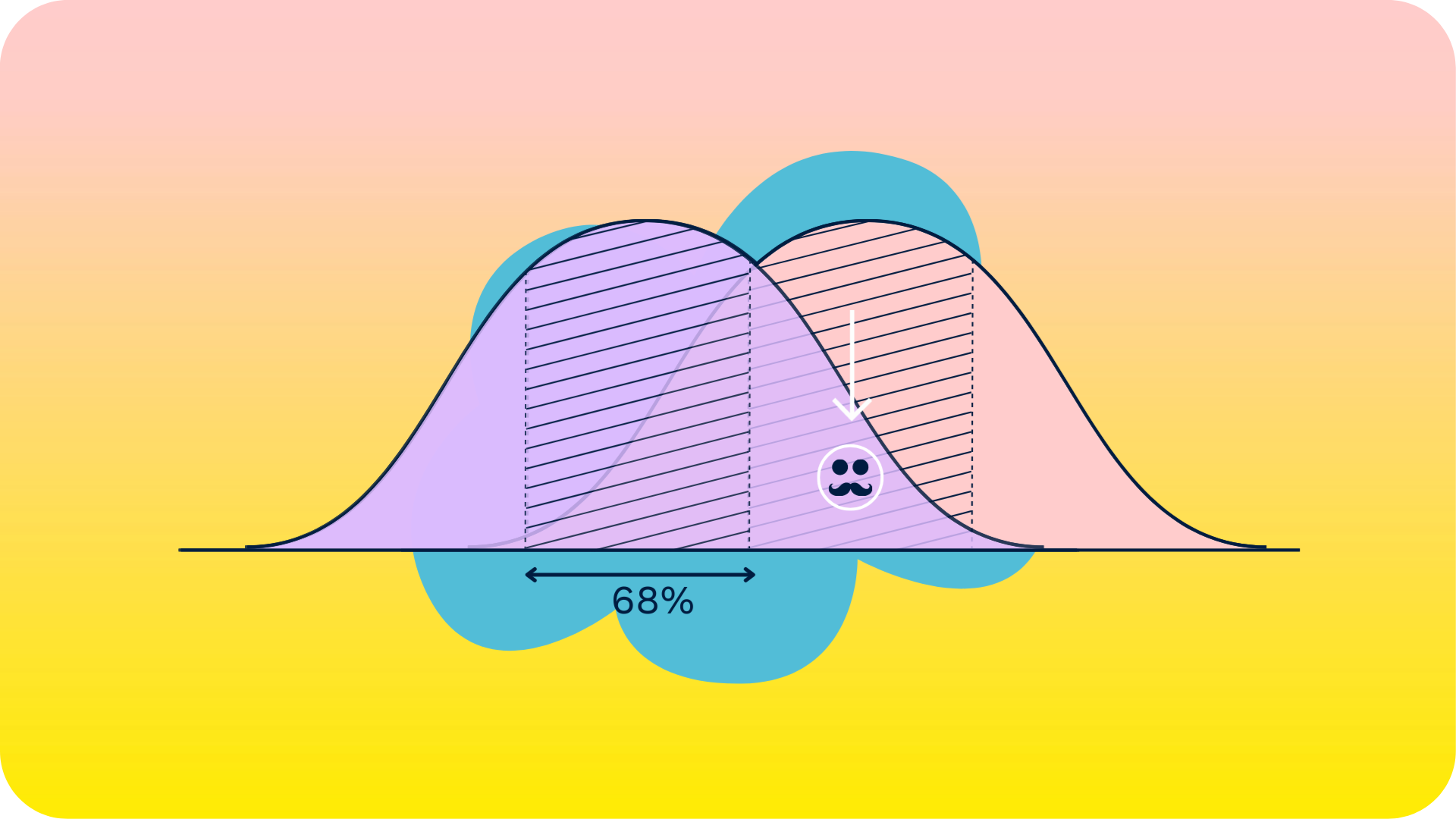Public scrutiny: Power to the People
Have you heard of the Johnny Depp v Amber Heard lawsuit?
If you haven’t, you’ve done a pretty good job of avoiding newspapers, tv, but perhaps most importantly: social media. This lawsuit is not a typical everyday one: It’s widely covert and broadcasted, which isn’t new on itself, but the role social media plays is a relatively new one. On platforms like Facebook, YouTube, Instagram and TikTok people share and like news pieces, video fragments, and whatnot. On TikTok for example, the two popular hashtags are #JusticeforJohnnyDepp (10bn views) and #JusticeforAmberHeard (8.4bn views) (The Guardian, 2022). This has moved the lawsuit away from the court of law to the court of public opinion. Who will win in court at the end remains uncertain, but if you just look at the number of views of the hashtags, the public verdict is already there. This is just one of many examples showcasing a rising phenomena: Public scrutiny.
Public scrutiny is connected to the ability of people to easily access information, form opinions on what they see and share that on e.g., social media platforms. These platforms function as a gathering place for people with (similar) opinions to unite. In this article, we zoom in on public scrutiny. What is it, how does it impact — next to individuals — businesses and how this development could unfold in the future.
Public scrutiny
We live in a world with an abundance of online information. Information, on almost every topic, available right at our fingertips. Useful when you are studying, want to know more about the world or are investigating this new business idea you had. Whether it’s pictures, reports, news flashes or video’s — it’s all there. You can view it, read it and interact with it. The latter is especially powerful: With social media, we can share, comment, like, tweet and retweet with or to people around the world, optionally being anonymous.
Let’s go back to Depp v Heard. Many people watch or read about it, they pick out pieces of information or video fragments to their liking, form an opinion about it and share it with the rest of the world. Some people carefully assess the situation before they share their opinion online, others share it in a blond fashion. Literally anyone can spin a story online, creating a lot of turmoil. Before you know it, everybody is publicly scrutinizing the situation, giving bold statements resulting in what we now know as a “cancel culture”.
What’s at the core of public scrutiny is a misalignment of values underlying the situation (e.g. the lawsuit) and the values that the individual holds. This causes many people to raise their voice, or nowadays fingers on a smartphone for that matter, because they are concerned about something, or disapprove of something.
“Scrutiny is a misalignment of values underlying the situation and the values that the individual holds”
Impact for businesses
But what about businesses? Well, the same rules apply. Take for example the Starbucks shop in Philadelphia in 2018. Two Afro-American entered the Starbucks in Philadelphia and sat down, waiting for a third friend to arrive. Allegedly, one wanted to use the bathroom but the Starbucks employee refused as they hadn’t ordered anything yet. After a while, one of the employees asked the two men to leave. They refused and police came in to arrest the two men. This whole scene was filmed by another customer, who shared it on Twitter. Within 24 hours #boycottstarbucks was the most popular Starbucks hashtag.
In this example, we can clearly see the misalignment of values in arresting two innocent Afro-Americans and the values of society (such as anti-discrimination). It set in motion a boycott movement on social media impacting the business of Starbucks globally.
But does scrutiny, for lack of a better word, ‘work’? In order words; does it have a positive effect? The Starbucks’ CEO made a public apology and closed 8000 stores for one day to host a racial bias training. You can argue whether this action constitutes a positive effect, but at least the online unity of people put things in motion. Scrutiny is a powerful tool that society collectively holds and which has the power to partially dictate the agenda of businesses — and governments for that matter.
“Scrutiny is a powerful tool that society collectively holds and which has the power to partially dictate the agenda of businesses — and governments for that matter.”
A future perspective
At Minkowski, we help organizations make history by changing the future. One of the tools we often use is the ‘Cone of Possibilities’, in which we map possible, plausible, probable developments in the future. Below are three developments that could affect the future of scrutinization. If you have other things on your radar, let us know!
- Acceleration of scrutiny: One perspective is that the amount of scrutiny will further increase. Research has shown that since 2006, the number of protests in the world has increased, especially in mid and top level income countries (Ortiz et al, 2022). On top of that, Gen Z and A — who hold other values compared to, e.g. Baby Boomers — are entering adulthood hence their voices will be more reflecting in the public conversation. Misalignment is lurking. Will every wrong move of businesses be watched closely? Will more individuals be canceled?
- Fake news: In order to scrutinize publicly, you need to have information: newsflash, a video, an article. But who says it has to be real? Fake news has already been among us for a while in various forms. However, with technologies, such as deep-fakes, improving rapidly, the ability to create fake news will become easier. Hence, the possibility that you will be watching fake news will increase too. Questions that arise are; will we get more or less fake news? What role will social media play in this? Will the distinction between real or fake news blurr? What will this impact be?
- Digital detox: Though Gen Z and A are heavy social media users, we already see the early signal that they often actively put away their phone, create digital detox moments or even move away from social media platforms. With less people online, is it still possible to scrutinize?
What can businesses do?
These developments provide some thought provoking questions on how scrutiny could evolve towards the future. At Minkowski, we always bring the future back to the present: what can you, as an organization in particular, do today? What actions can you take, knowing that there is the possibility of scrutinizing your business?
It’s important to understand that if you are prone to scrutiny, it doesn’t happen without reason — often it’s because of a misalignment in values. Too often we see businesses hide behind the claim that what they do is legal, that the public has no say over it. However, what is legally right might be considered ethically wrong by society.
That’s why we believe that companies who are purpose-driven and show-by-example, are the organizations that stand strongest against scrutiny. Being purpose-driven is more than a fancy inspiring statement. It’s something that the whole organization needs to believe, and needs to act upon. Every decision that is being made should be in line with the purpose. To create such a strong purpose, you need to think about what your business stands for and what values you — perhaps as a leader — hold dear.
“Being purpose-driven is more than a fancy inspiring statement; it’s something that the whole organization needs to believe, and needs to act upon.”
If you are looking for inspiration, you can check out Patagonia — one of many great purpose-driven organizations. Ads like ‘Don’t buy this jacket’, donations of 1% of revenue or 10% of profit — also known as tithing — to social or environmental causes and their repair programs are just three examples of how they live their purpose: building the best products, cause no unnecessary harm and use business to protect nature.
The examples of Patagonia above are in line with today’s zeitgeist, in which we focus on sustainability, see the effects of climate change and see society reacting to that. Hence, the possibility of being publicly scrutinized by society is very little for them.
And don’t get me wrong; it’s not the goal to limit public scrutiny for your business to avoid negative publicity. Rather, it is to tune in to what society at large deems acceptable. Afterall, your organization wouldn’t exist if it wasn’t for society — the customer at the end. Power to the people.
What’s your purpose going to be?
Final reflection: Minkowski’s spectacles
The reflection above is an illustration of how we see the world and the futures unfolding. We translate it back to today, to be able to decide what actions to take today.
Working with scenarios, as we do in our work, is a continuous act. Scenarios are never set in stone. Actual events happening in the present have an effect on the future paths that you’ve sketched out. The reasoning above is just an example of how the tools we apply can be used to explore various perspectives on a topic.
Want to know more about our latest thinking or about us, please reach out. We are always happy to think with you about your future.
Written by Stijn van Erp
Program Facilitator at Minkowski







